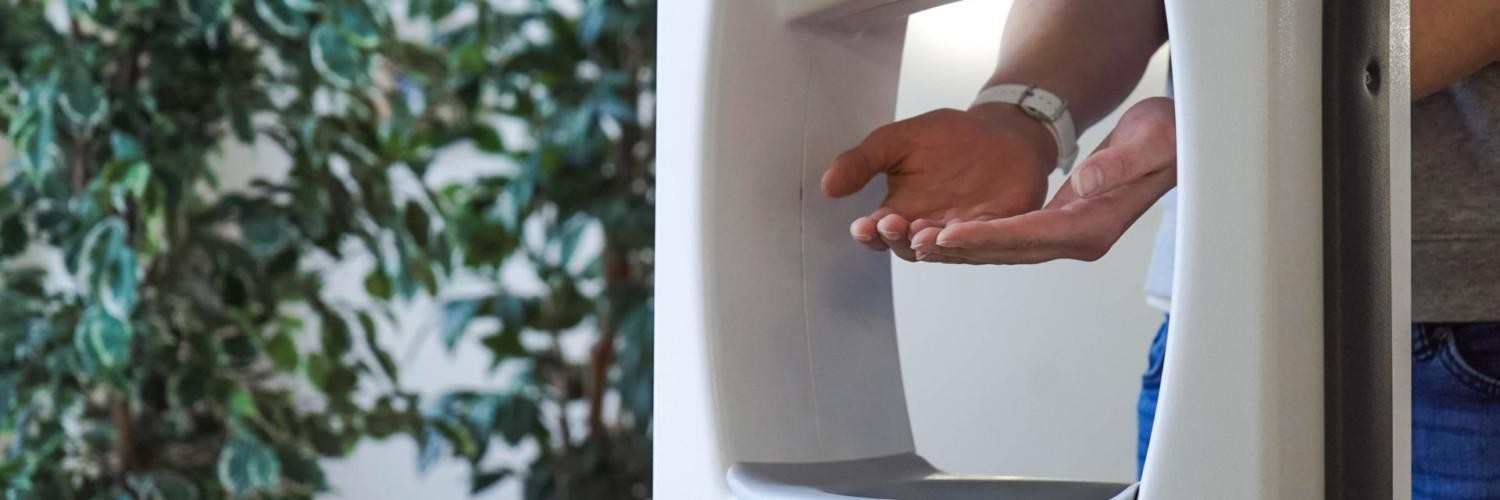Kiilto’s Scandinavian survey shows a change for the worse in hand hygiene habits from 2020 to 2022.
Scandinavians can’t seem to shake a bad habit – not washing their hands regularly. In fact, 1 out of 10 respondents admitted to only washing their hands with soap twice a week at max.
Kiilto, a professional hygiene company, carried out a study with Innolink first in 2020 and again in 2022 to track changing hand hygiene habits throughout the COVID-19 pandemic. At first, Scandinavians reported improved awareness and better practices related to hand hygiene. But as the pandemic became the new normal, Scandinavians slipped back into their old ways. However, the overall trend was positive, with hand hygiene and cleaning at home becoming even more common practice than before the pandemic.
Signs of the corona situation worsening again can be seen. For a long time, however, the worst phases of the pandemic seemed to have passed and the buzz around the media had decreased. At the same time, taking care of hand hygiene waned. In 2020, only 6% of respondents said they wash their hands with soap a couple of times a week or less, while this year the number had doubled to 12%.

The same trend can be seen in the use of hand disinfectants: before the pandemic 26% of the respondents always used hand disinfectant when entering a public space, then in 2020 the number rose rapidly to 65%, and decreased again to 48% in 2022.

“The results of the survey are somewhat expected. When the COVID-19 is no longer perceived as serious a threat as before, people tend to not worry about it so much anymore. We still strongly believe that improved hand hygiene habits have permanently taken their place as part of healthy everyday life also in the post-COVID era. For example, the majority of the respondents feel that having the possibility to use hand disinfectant in public spaces, increases their feeling of safety, and three out of four wish that their employer would provide hand disinfectants at the office”, states Raila Bexell, Kiilto’s Head of Marketing for Professional Hygiene.
Alcohol level of hand disinfectant is not a guarantee of its efficiency
A noteworthy observation is that even though 69% of the respondents consider either very or quite important the fact that the product has documented effect on bacteria and virus, for only 2% of the respondents product’s documented effect on bacteria and virus was the main reason for choosing the product.
“We’d like to raise the awareness of the fact that all products in the market are not equally effective on viruses and bacteria. In 2020 the Swedish Chemicals Agency received a high increase in complaints about suspected non compliances in disinfectants, and conducted a study, which showed that many of the hand disinfectants in the market don’t actually live up to the standards set by the EU. The most important tests that are made for hand disinfectants are EN 1500 and EN 14476,” Bexell concludes.
Key results of the study:
-
In 2020 only 6% of the respondents claimed to wash their hands with soap a couple of times a week or less, whereas this year the amount had doubled to 12%.
-
Before the pandemic, 26% of the respondents always used hand disinfectant when entering a public space, then in 2020 the number rose rapidly to 65%, and decreased again to 48% in 2022.
-
Due to COVID-19 pandemic, more than half (52%) of the respondents clean up at home more often and/or more thoroughly than before, the Finns being the ones to change their house cleaning habits the least (61% in Sweden, 60% in Norway, 50% in Denmark, 42% in Finland)
-
People in Denmark are most conscientious about hand hygiene after going to the toilet: 76% of them always wash their hands with soap or use hand disinfectant after those visits (75% in Sweden and Norway, 67% in Finland)
-
The Danes are also the most diligent in washing their hands with soap: 74% of them wash their hands with soap multiple times a day (73% in Sweden, 72% in Norway and 66% in Finland)
General information about the survey:
The aim of the survey was to form an understanding of how consumers’ hand hygiene habits have changed due to COVID-19 and how it has affected consumer behaviour as a whole. The survey was conducted as an internet survey by Innolink in May-June 2022, and the results are compared with the results from the survey conducted in September-November 2020. The target group consisted of consumers in Finland, Sweden, Norway and Denmark. The survey is based on 3199 responses (4056 in 2020).
Previous study: Coronavirus pandemic has increased the use of hand disinfectant in the Nordic countries 19.1.2021
